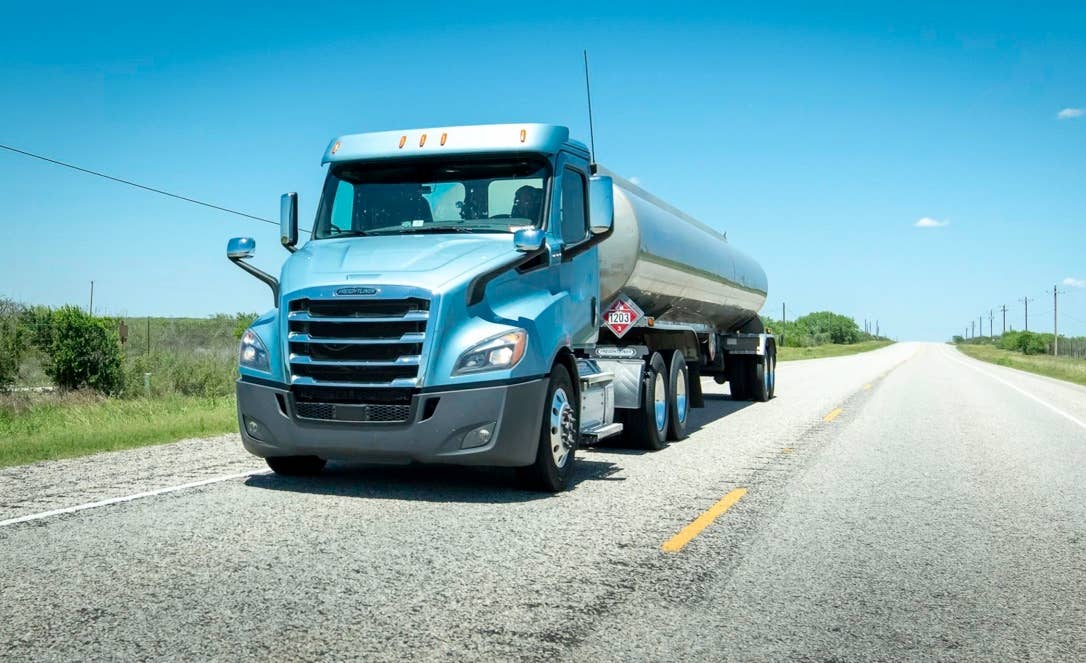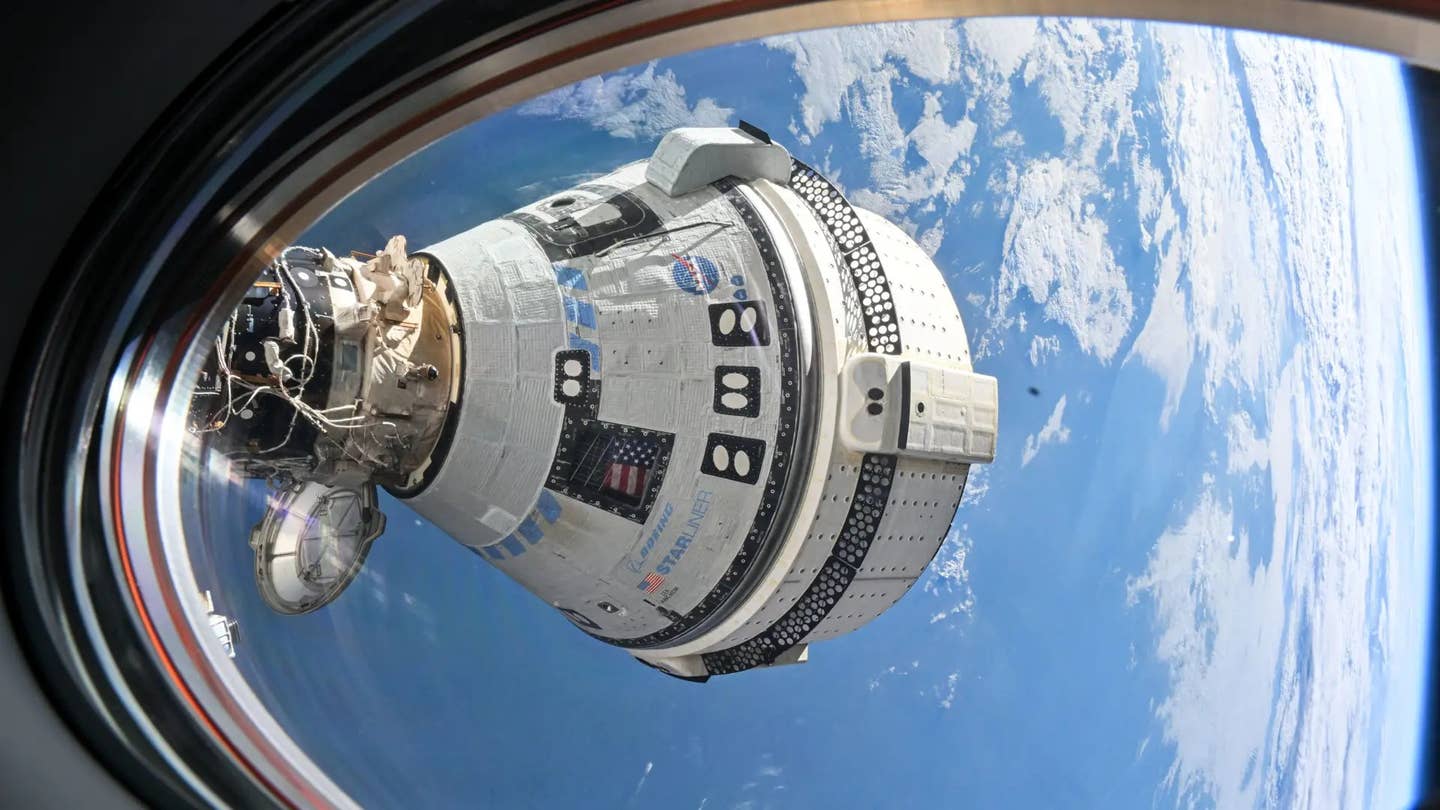
The nationwide shortage of truck drivers will have ongoing impact on the delivery of aviation fuel. Jim Allen/FreightWaves
The thought of running out of fuel is something that scares every pilot. Even though I monitor my time aloft religiously, I find myself checking the fuel gauge every few minutes.
The great thing about flying in the Southeast is that there are so many places to fuel, and they’re often just a few minutes away. I take my ability to get access to fuel for granted a lot. I just assume when I land at my favorite FBOs that fuel will be on-hand.
While this has always been the case for me, the reality is that there have been fuel disruptions in 2021—and Flying’s Julie Boatman wrote about a statement that the National Air Transportation Association put out warning to FBOs and operators that fuel disruptions could happen. The NATA cited a shortage of truck drivers as the cause.
One could easily assume that this is a short-term problem that will go away. The reality is that the truck-driver shortage is about to get a lot worse.
How Do I Know?
In addition to being the new steward of Flying, the company I founded, FreightWaves is the largest provider of real-time market intelligence to the global logistics industry.
In other words, we work like FlightAware, but for freight movement. Our customers include freight providers or companies that rely on freight providers to move their goods—basically any company that participates in the trucking, air, ocean, or rail cargo markets.
One of the areas that we have the deepest insight on is the trucking industry. We monitor developments that will change the impact of the freight industry. An area that is a major concern to our clients is the lack of capacity, often referred to as the “driver shortage.” In other words, there’s a lot more freight than there are trucks to haul it.
If you are buying fuel, you should plan for stresses on the system that could easily go on for the next year or beyond. This doesn’t mean to panic; just be prepared. Trucking is going to be short of drivers for a long time, and it will be even worse in the tanker portion of the trucking industry.
Why Tanker Trucking Will Get Hit Harder
Remember, almost all of the fuel that is located at airports around the country is trucked in by a driver. So, if you don’t have truck drivers, you won’t have fuel. Fuel-tanker trucking is even more susceptible to driver shortages, because of the level of training and endorsements a driver hauling fuel must have. Fuel transport companies and their insurance companies want to make sure that the driver has a lot of experience driving safely and knows how to deal with an 80,000-pound truck filled with fuel going down a highway.
To put this into an aviation context, only the most experienced and safest pilots get to captain the heavy jumbo jets. You wouldn’t give that role to someone who just got their commercial rating.
So, if the industry is experiencing a shortage of qualified drivers, tanker drivers are going to be even harder to find. There are just fewer of them to begin with and it could take a while before the tanker fleets will be able to certify new drivers.
Why Will This Happen?
So, we know the trucking industry is about to see the worst driver shortage in history. But why?
Because of the government infrastructure bill.
It’s the largest spending bill on infrastructure in history. In fact, it spends twice the amount of money (in 2021 dollars) that we spent on the construction of the interstate highway system from 1954 to ‘91.
This bill will not only ignite domestic manufacturing, but it will also create substantial competition for labor, especially in jobs that compete with truck-driving positions. So there will be a lot more freight moving through the economy and fewer truck drivers available to haul that freight.
This is coming at a time when we already have record demand for trucking services. The volume of truck loads in 2021 has obliterated past records. With consumer spending at record levels and consumer balance sheets very healthy with money on the sidelines, there are no near-term expectations that freight will slow anytime soon.
Domestic manufacturing is about to get a massive boost from the infrastructure package and this will mean that the industrial sector will be looking for workers and paying higher wages to attract them. Construction of these new infrastructure projects will also require physical labor, and also compete for labor with trucking. Add warehousing to store these goods and new job sites, and you can imagine just how difficult it will be for trucking fleets to compete for labor.
Truck-driving jobs tend to be jobs of last resort, meaning fewer people apply for truck-driving employment when alternative work exists. Think of jobs in manufacturing, construction, warehousing, fast food, and big box retail as competing sectors for truck-driving jobs. If those competing markets are on fire, and demand for labor is high, fewer people will enter the trucking industry.
Fewer drivers and more freight means that the truck driver shortages we currently face are about to grow.
My best advice: top off your tanks when it makes sense, and always have a contingency plan.
If you are interested in diving deeper into the driver shortage, read this post. If you want regular updates on supply chain and logistics issues, you can go to FreightWaves.com.

Sign-up for newsletters & special offers!
Get the latest FLYING stories & special offers delivered directly to your inbox






